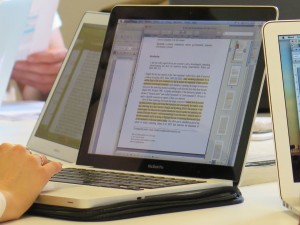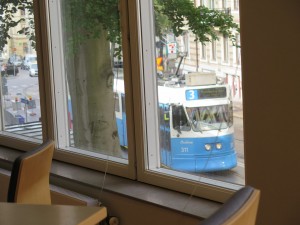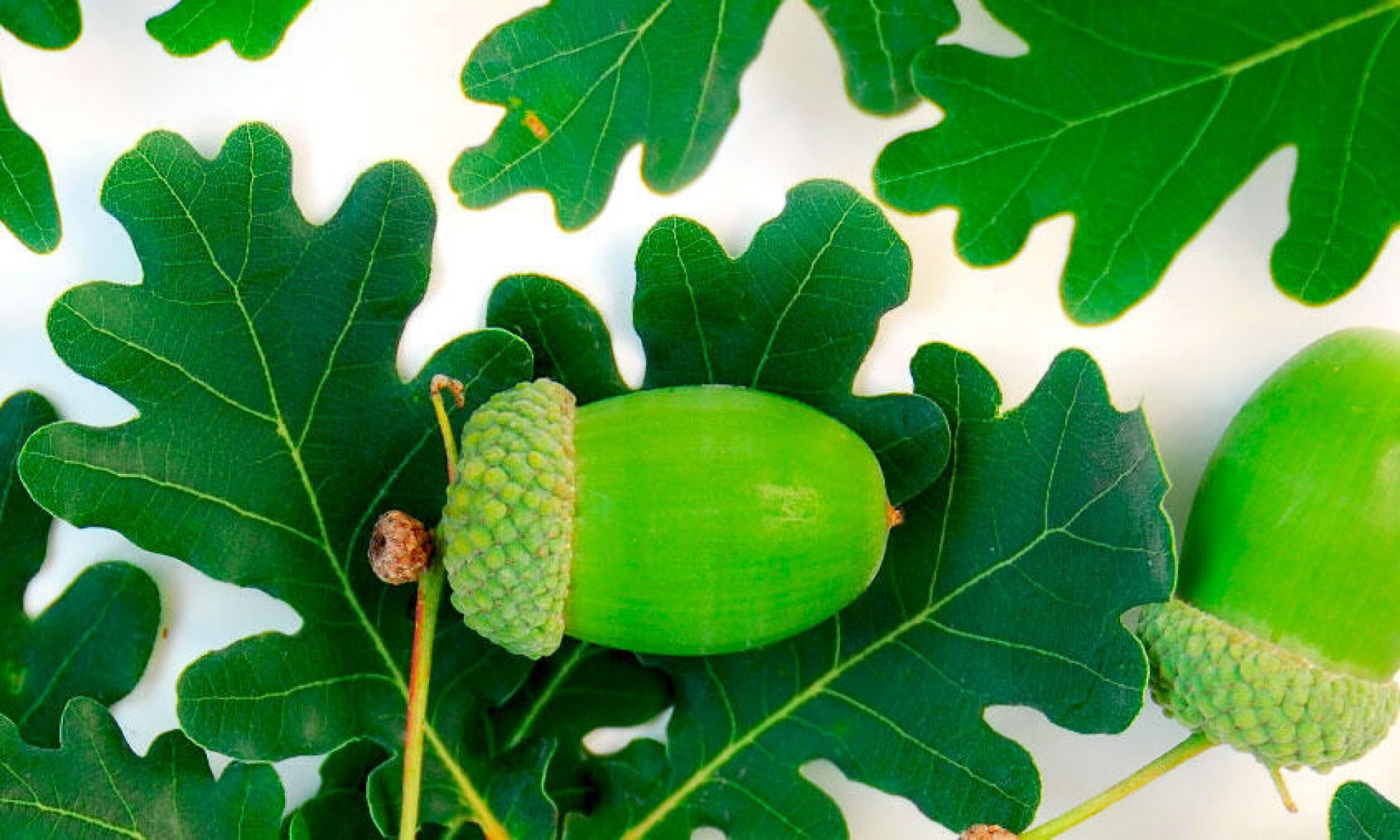
The chance to act as a visiting teacher in another university is one of the greatest ways to improve teaching skills. Twice I’ve had the opportunity to visit the Centre for Consumer Science at the School of Business, Economics and Law at the University of Gothenburg. During my stay this autumn, I was observing classes, collecting pedagogical research material, learning new ideas and teaching.
The course that I took part in is Consumer Behavior (Konsumentbeteende). The leading teacher is Dr. Ulrika Holmberg with whom I worked together. Ulrika also taught this course in Swedish at the University of Helsinki during the spring of 2015, financed by the Teacher’s Academy.
Observation and One Version of a Flipped Classroom
Last year I wondered where the famous Swedish discussion culture was hiding. This happened, because some students did not take part in my assignments during the class and I tried to facilitate discussion many times. This year discussion returned. The actual teaching of the course started with “Artikelworkshop”, which I was attending and observing. During the opening session of the course, teachers gave instructions and guidelines for the workshop (e.g. Hur läser man artiklar?)
 The article workshop is a version of a flipped classroom. The idea was that students read two peer-reviewed articles before the workshop. After reading the articles, students would come to the workshop and start working in teams (4–8 students per group). The teams discussed the articles and looked for answers to the teachers’ questions, such as “Hur argumenterar forskarna tidigare forskning (gap-spotting)?” and “Vilken/vilka metoder har användat?” Teachers joined the session in the afternoon.
The article workshop is a version of a flipped classroom. The idea was that students read two peer-reviewed articles before the workshop. After reading the articles, students would come to the workshop and start working in teams (4–8 students per group). The teams discussed the articles and looked for answers to the teachers’ questions, such as “Hur argumenterar forskarna tidigare forskning (gap-spotting)?” and “Vilken/vilka metoder har användat?” Teachers joined the session in the afternoon.
Altogether, students had six thematic questions per article, which they answered together. The teams were divided into rooms designed for teamwork. Providing suitable facilities for this teamwork followed the philosophy of collaborative learning.
In action at the article workshop and afterward
Teachers joined the students’ workshop in the afternoon. So, students had been working independently for four hours in their teams. They worked actively when we came into the room, and they continued to do so. During the first hour, the teachers’ role was just to ‘be there’ for students, answering their questions. After that, we all went into a traditional lecture room, where both articles were discussed together with all the students. I was curious to see how fruitful it would be to discuss articles with 35 students together in an ordinary lecture room, which does not always actively support collaborative learning (See for example Minerva Plaza).
I was happy to see that the article workshop worked out. The teachers were leading the discussion, and students were giving answers and feedback on the workshop (e.g. proposing using only one article instead of two). When students are sitting in an ordinary lecture room, the active and talkative students tend to take the floor.
After the workshop, we were discussing with my colleagues that next time students should keep together with their own teams when they arrive in the joint session in the lecture room. This way they share the results of the team, instead of giving individual answers. It seems to be important to apply collaborative learning through every step of the workshop and find facilities that support learning (like Minerva Plaza at UH). The other methodological improvement to the workshop could be that students would not only answer teachers’ questions, but that they would also create questions by themselves based on the material. Applying e-learning methods (e.g. Presemo, Flinga) could also improve students’ participation.
Conducting Pedagogical Research Material
As I did the year before, this time I also collected student’s “science narratives” during the course. Students wrote me short stories on how they picture science and scientific knowledge. I find it important to learn what students think about scientific knowledge at the early stage of their university studies and how this understanding develops during the years. I have been presenting preliminary results of epistemological beliefs of Finnish and Swedish students at ViikkiLearns2015 symposium together with Ulrika and my student Jani Varpa.
Through “My understanding of science…” narratives we have learned that students’ scientific thinking varies from absolutist knowing (e.g. facts and objectivity) to evaluativist knowing (e.g. alternatives, evidence, argument, and reflection). The Swedish narratives again portrayed this same continuum of responses. One student believes in facts: “Science is fact/information that is formal and there is no need to exercise any source criticism”, while another believes in creating knowledge: “[Science] It’s not accepting a fact, but instead trying to understand why and how something is what it is.”
Teaching Innovations
Besides conducting pedagogical research and observing new teaching methods, I also took part in teaching. The topic of my lecture was “Consumers, Innovations and Companies”. My aim was to teach how innovations are defined (e.g. radical, incremental, customer-centric, open innovation) and how our research team, working in cooperation with Aalto University (MIND = Managing Industry-Changing Innovations), has been creating innovations with companies in practice (e.g. Dogroom). I also challenged students to think critically. It worked out!
Specifically, I challenged students with a quotation from Keith Sawyer (2006, 42): “Very few schools teach students how to create knowledge; instead, students are taught that knowledge is static and complete, and they become experts at consuming knowledge rather than producing knowledge”. I asked students if they see themselves as creators of knowledge in the future. Only one third raised their hands. Thinking creatively and out-of-the-box lies at the very core of innovation.
Learning Journey – Collaborate!

I started my journey in this new learning environment over a year ago. I didn’t know my fellow teachers beforehand. I was lucky not only that Ulrika welcomed me openly, but that she also positioned us in her course in the way that we would also be learning collaboratively. The discussions regarding pedagogical challenges (the flipped classroom, acting students in the course etc.) that engaged us last year were considered and conducted this year in the course Consumer Behaviour. What agility! Furthermore, this year the course has a joint project with a housing company on a sharing economy (i.e. a peer economy, a collaborative economy). Thus, collaborative learning is transforming into the study of the collaborative economy. Whether or not we collaborate even more with CFK, only time will tell!
Minna Autio
Minna Autio is a Senior Lecture in Consumer Economics, Member of the Teachers’ Academy and Associate Member of the Centre for Consumer Science (CFK: Centrum för konsumtionsvetenskap) at the School of Business, Economics and Law (Handelshögskolan vid Göteborgs universitet).
